🚨 SPOILER WARNING
This page contains the final **answer** and the complete **solution** to today's NYT Pips puzzle. If you haven't attempted the puzzle yet and want to try solving it yourself first, now's your chance!
Click here to play today's official NYT Pips game first.
Want hints instead? Scroll down for progressive clues that won't spoil the fun.
🎲 Today's Puzzle Overview
Friday, November 28, 2025, arrives with a vibrant set of Pips NYT puzzles—an ideal lineup for solvers who enjoy swapping insights, comparing deduction routes, and celebrating those delightful “a-ha!” moments with the community.
Under the guidance of editor Ian Livengood, today’s trio includes:
Easy #358 by Ian Livengood, Medium #362 by Rodolfo Kurchan, and Hard #365, also crafted by Rodolfo, whose challenge designs are always a highlight for seasoned puzzlers.
The Easy puzzle sets the tone for collaborative solving, offering two equals regions that encourage early shared reasoning. A tidy sum-6 anchor and a strategically placed less-than-3 clue make it especially fun to compare approaches—perfect for posting your favorite Pips Hint or asking others how they spotted the initial deduction chain.
The Medium puzzle expands the social-solving energy with a beautifully structured mix of constraints: a vertical sum-10, a horizontal sum-9, a punchy greater-than-4 single cell, and a flowing three-cell sum-4 run. These regions build a puzzle that naturally inspires group discussion, whether you're debating pip distribution or testing alternative placements in a shared solving thread.
The Hard challenge rounds out the day with a truly conversation-worthy grid. Its three separate 12-sum regions, combined with a deceptively simple yet impactful sum-0 cell, create a layered environment where teamwork-style deduction shines. Many solvers will likely share their step-by-step breakdowns just to show how one clue unlocked an entire quadrant of the grid.
With plenty of spots that spark debate, invite clever reasoning, and encourage solvers to trade their best Pips Hints, November 28 delivers a community-rich puzzling experience—perfect for players who enjoy solving together as much as solving well.
Written by Joe
Puzzle Analyst – Sophia
💡 Progressive Hints
Try these hints one at a time. Each hint becomes more specific to help you solve it yourself!
🎨 Pips Solver
Click a domino to place it on the board. You can also click the board, and the correct domino will appear.
✅ Final Answer & Complete Solution For Hard Level
The key to solving today's hard puzzle was identifying the placement for the critical dominoes highlighted in the starting grid. Once those were in place, the rest of the puzzle could be solved logically. See the final grid below to compare your solution.
Starting Position & Key First Steps
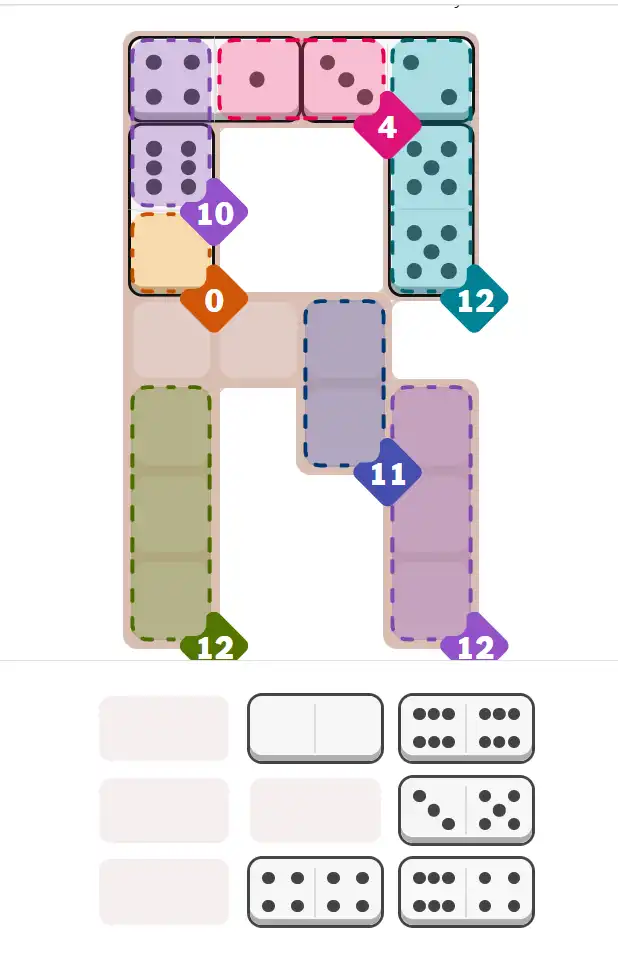
This image shows the initial puzzle grid for the hard level, with a few critical first placements highlighted.
Final Answer: The Solved Grid for Hard Mode
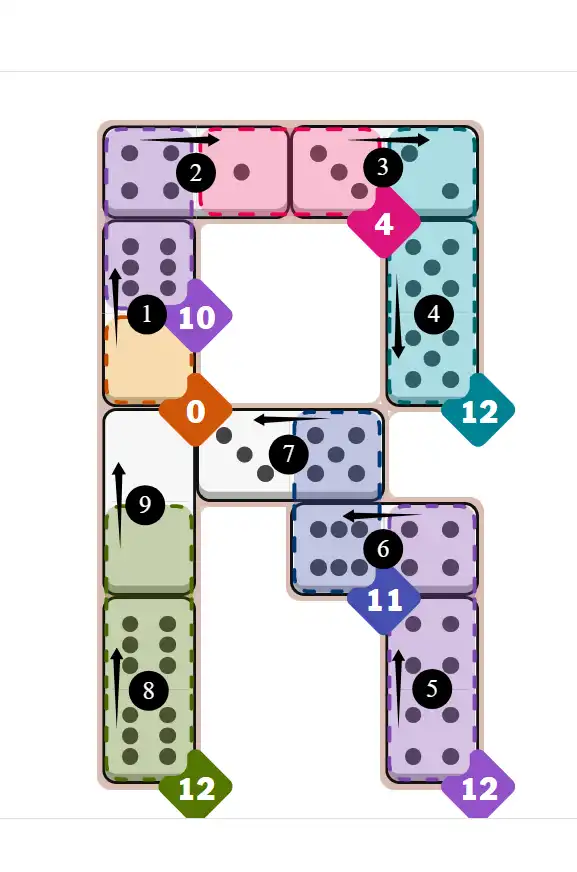
Compare this final grid with your own solution to see the correct placement of all dominoes.
🔧 Step-by-Step Answer Walkthrough For Easy Level
🔧 Step-by-Step Answer Walkthrough For Medium Level
🔧 Step-by-Step Answer Walkthrough For Hard Level
🎥 Unlock a sharp insight from today’s Pips NYT puzzle (November 28, 2025) with this quick visual highlight
Perfect for spotting your daily Pips Hint before diving into Easy #358, Medium #362, or Hard #365.
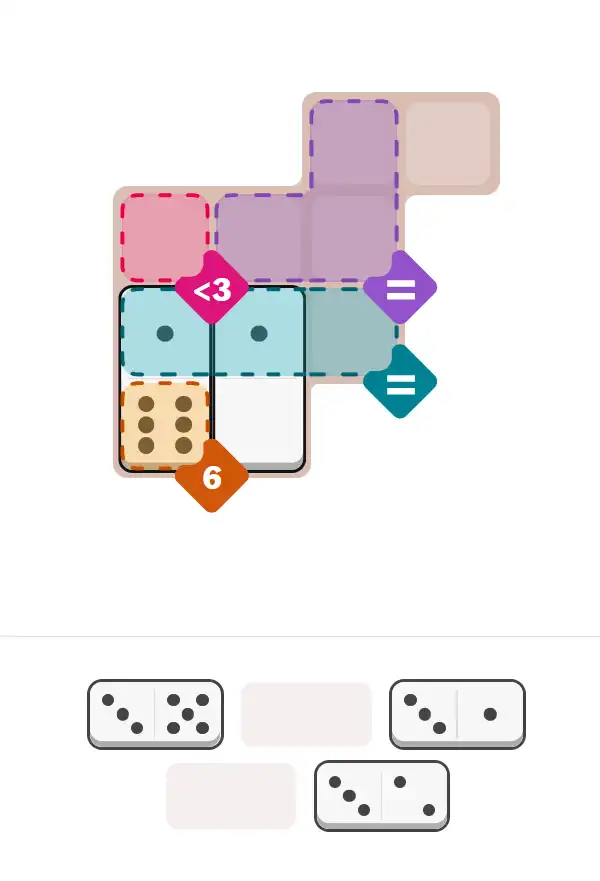
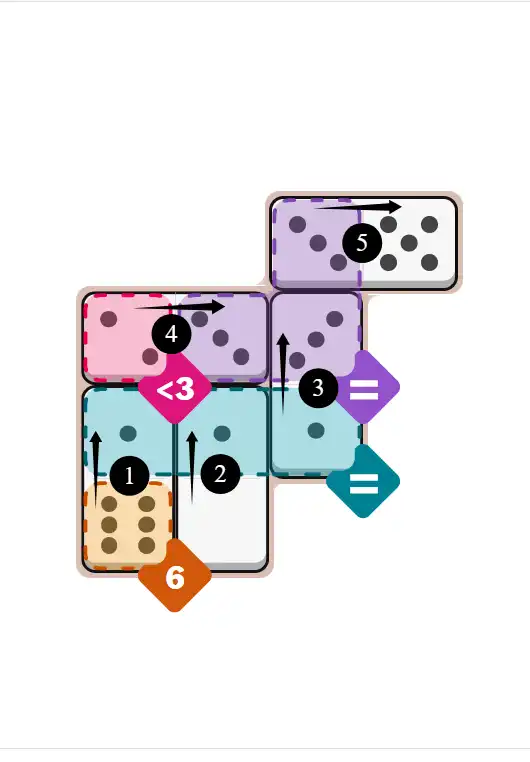
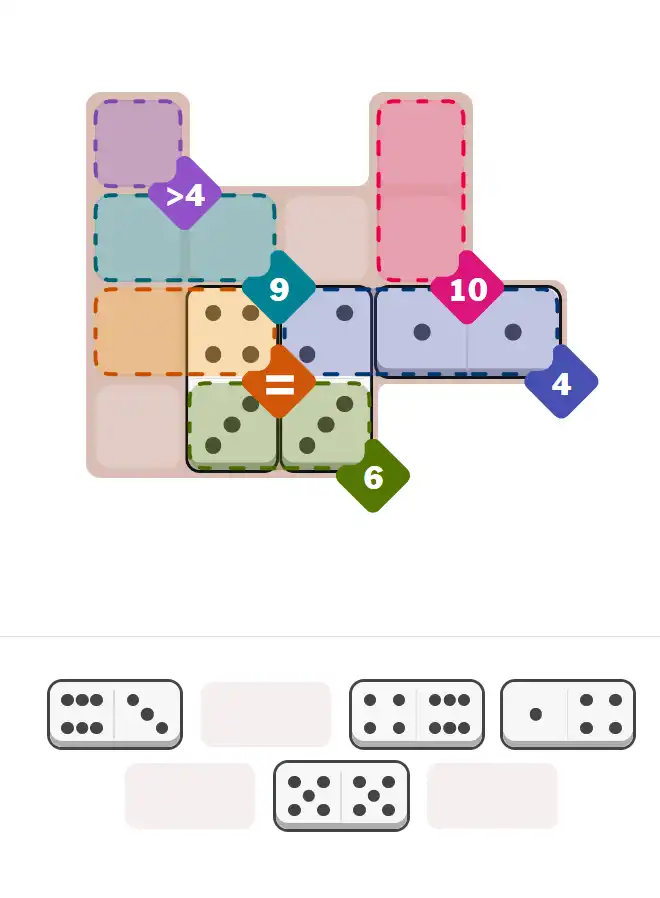
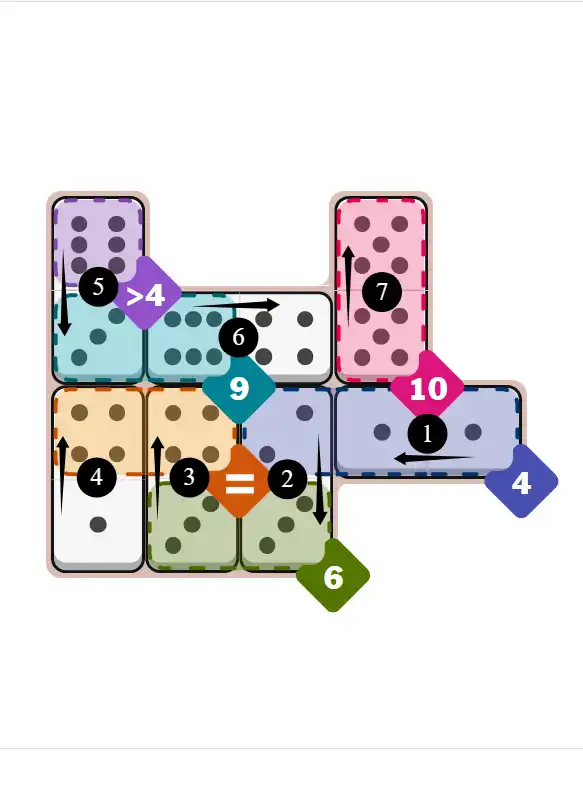
💬 Community Discussion
Leave your comment